Introduction
The field of artificial intelligence continues to rapidly evolve. This pushed the development of large language models (LLMs) has opened up new possibilities for creating powerful and intelligent applications.
LangChain has emerged as a game-changer in this domain. With over 60% of user preference over the globe in the domain of LLM. (Source: Statistica)
LangChain is an open-source framework developed by Anthropic. This allows developers to seamlessly integrate LLMs into their applications.
According to a recent report by Grand View Research, the global natural language processing (NLP) market size is expected to reach $49.6 billion by 2030, registering a compound annual growth rate (CAGR) of 16.3% from 2022 to 2030 (Source: Grand View Research, Natural Language Processing Market Size & Share Report, 2022-2030).
LangChain, with its robust capabilities and ease of use, is well-positioned to capitalize on this growing demand for NLP-powered applications.
With its ability to simplify the integration of LLMs into a wide range of applications, LangChain is poised to play a significant role in the development of cutting-edge AI solutions across various industries.
This blog will explore the immense potential of LangChain and how it is changing the landscape of LLM application development.
What are Large Language Models (LLMs)?
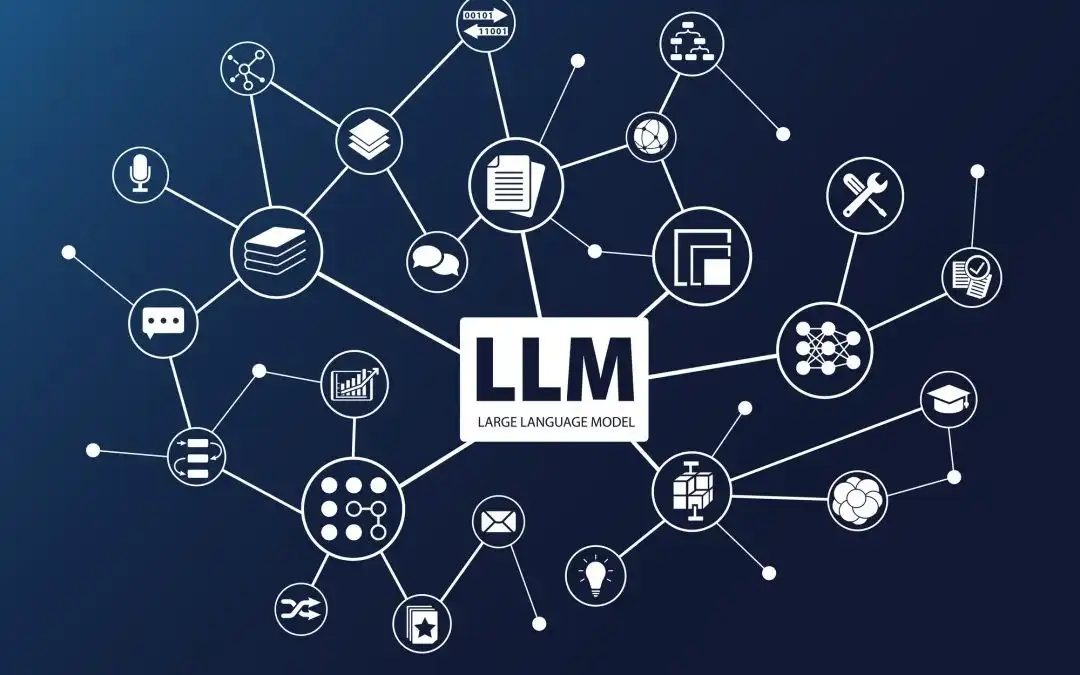
Large Language Models (LLMs) are advanced artificial intelligence models that have been trained on vast amounts of text data.
These models are designed to understand and generate human-like text with remarkable accuracy and fluency.
LLMs can comprehend complex language structures, generate coherent sentences, and even mimic the writing style of specific authors.
They have proven to be highly versatile and have applications in a wide range of fields, including natural language processing, chatbots, content generation, and more.
However, traditional LLMs come with their limitations. One major challenge is the enormous computational power required to train and deploy them.
This makes it difficult for organizations with limited resources to utilize these models effectively.
Introducing LangChain
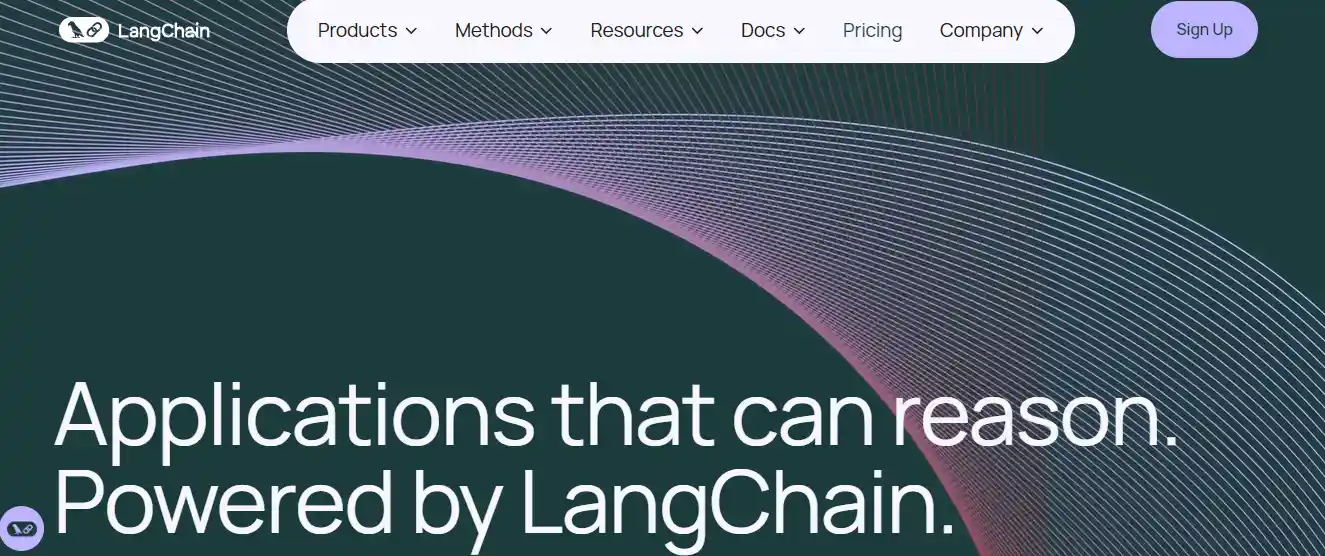
LangChain is a revolutionary concept – but not in the way you might think.
Instead of being a new type of LLM, LangChain is a powerful open-source framework designed to simplify working with Large Language Models (LLMs).
It addresses some limitations of traditional LLMs and streamlines the development process for LLM applications.
LangChain focuses on providing tools and functionalities that empower developers to build more efficient and effective LLM applications. Here are some key features:
- Prompt Engineering: LangChain helps optimize instructions for LLMs, improving response accuracy and control over the generated text.
- Data Integration: LangChain allows LLMs to access and leverage data from various sources, enriching their understanding and output.
- Modular Components: LangChain breaks down complex tasks into manageable steps, making it easier to build LLM applications.
These functionalities open doors for developers in various domains:
- Natural Language Processing (NLP): Tasks like sentiment analysis, text summarization, and question answering become more efficient with LangChain.
- Chatbots and Virtual Assistants: LangChain helps create more natural and informative conversational experiences for users.
- Content Generation: Generating different creative text formats like poems, code, scripts, etc., becomes more accessible with LangChain's tools.
Benefits of LangChain for LLM Applications
By simplifying LLM development and offering functionalities like prompt engineering and data integration, LangChain unlocks the potential of LLMs for a wider range of developers and applications. Here are some key benefits:
- Reduced Development Costs: LangChain makes LLM development more accessible for organizations with limited resources.
- Increased Transparency: Developers can better understand how LLMs arrive at their outputs, leading to more reliable applications.
- Improved Performance: LangChain's features help developers build LLMs that are more accurate and effective.
How Does LangChain Work?
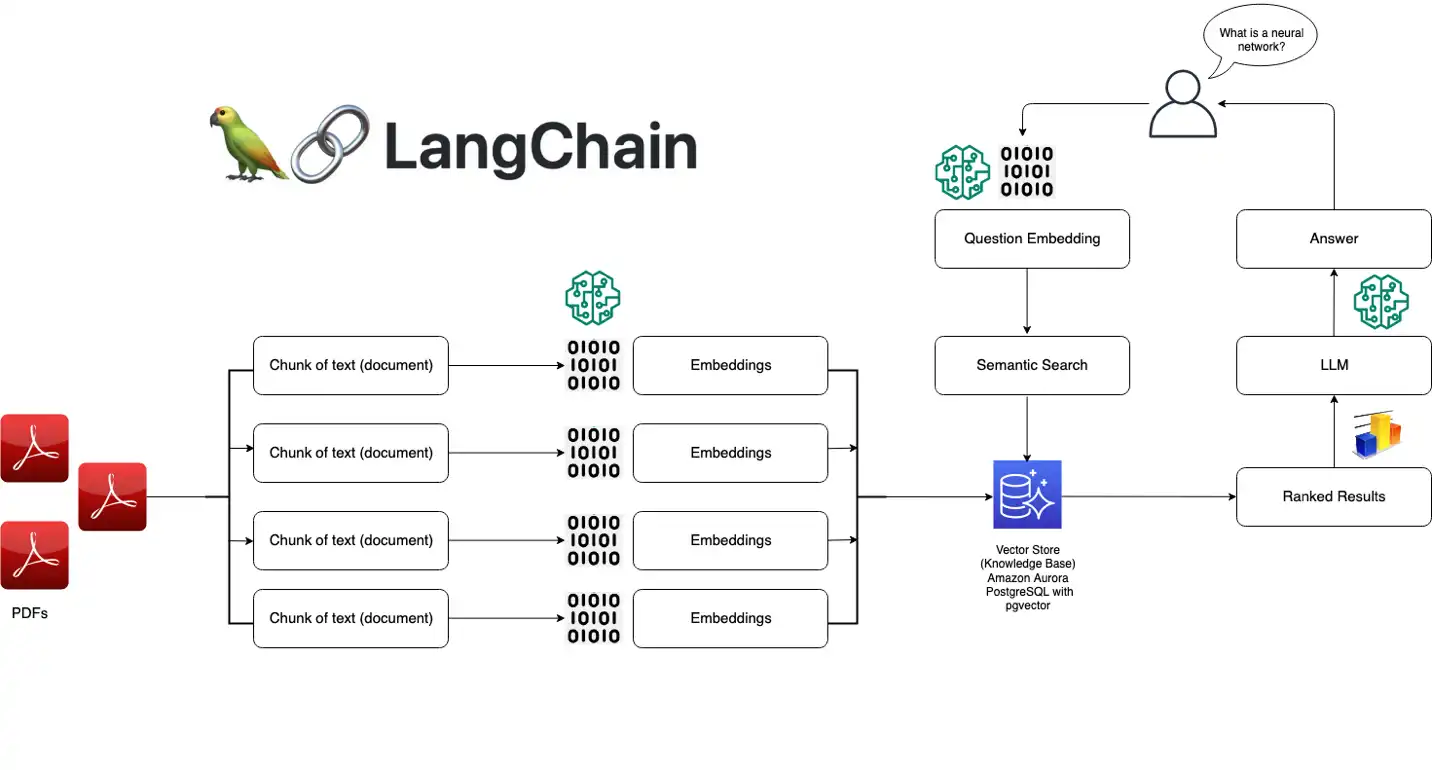
LangChain operates on a unique architecture designed to simplify working with Large Language Models (LLMs).
Understanding the core components and development process sheds light on how LangChain functions.
Core Components of LangChain
LangChain's core components include:
- Large Language Model (LLM): The heart of LangChain, responsible for generating human-like text.
Trained on vast amounts of text data, it understands language structures and generates coherent sentences. Deep neural networks form the model's architecture, predicting the next word in a sequence based on its training data.
- Modular Components: LangChain provides a set of modular tools and functionalities that streamline LLM development. These tools include:
- Prompt Engineering: Optimizing instructions for LLMs to improve response accuracy and control.
- Data Integration: Allowing LLMs to access and leverage data from various sources, enriching their understanding and output.
- Conversational Memory: Enabling LLMs to store and utilize information from past interactions, leading to more coherent and personalized conversations.
Suggested Reading:
Using LangChain for Chatbot Development: A Beginner's Guide
LangChain Development Process
The development process of LangChain applications involves several key steps:
- Data Selection and Preparation: Choosing high-quality, diverse data relevant to the desired application.
This data may include text from books, articles, websites, or specific domain sources. Preprocessing steps clean and organize the data, removing noise and irrelevant information.
- Training the LLM: Feeding the LLM with vast amounts of text data to train its neural networks.
This process requires significant computational power and time depending on the model's size and complexity.
- Fine-Tuning the LLM: Further customizing the LLM for specific tasks by exposing it to additional data related to the target domain.
Fine-tuning improves the model's ability to generate text relevant to the desired application.
- Building the LLM Application: Developers utilize LangChain's modular components to build the final LLM application.
This may involve functionalities like user interfaces, integration with external systems, and customizing the application's workflow.
Key Considerations for LangChain Development
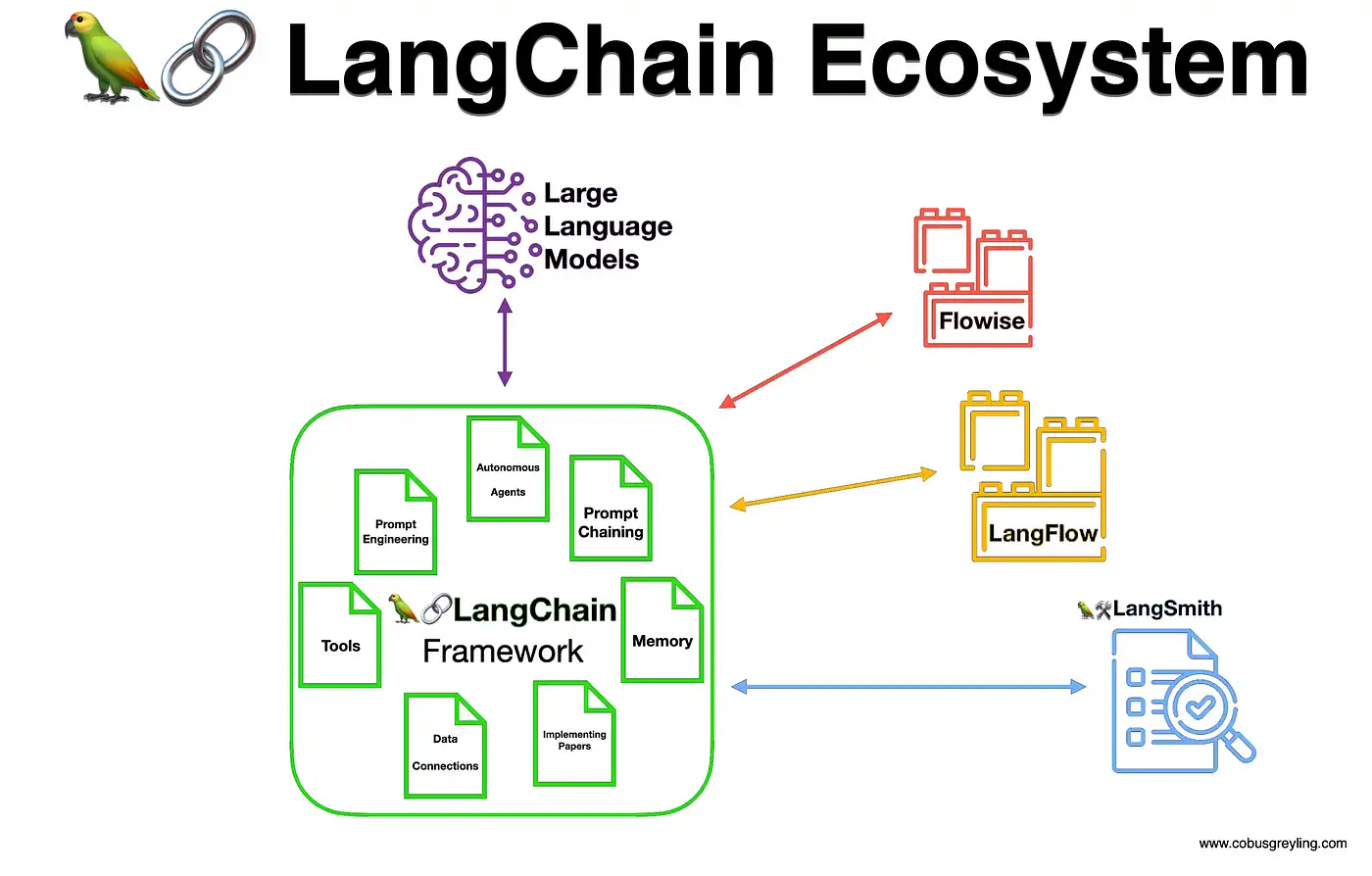
Developing applications with LangChain involves meticulous attention to two pivotal aspects: data selection and preparation, and training and fine-tuning the Language Model (LM).
Data Selection and Preparation for LangChain Models
For data selection and preparation for LangChain models follow these:
- Data Diversity and Quality: One of the foundational steps in LangChain development is selecting high-quality data from diverse sources.
Diverse datasets expose the LM to various language patterns, enhancing its comprehension and generation abilities.
This diversity ensures that the model can handle a wide range of linguistic nuances and contexts, resulting in more accurate and natural language generation.
- Data Preprocessing: Before feeding the data into the LangChain model, it's crucial to preprocess it effectively.
This involves cleaning and organizing the data through techniques such as removing special characters, normalizing text, and handling missing data.
Data preprocessing ensures that the input data is consistent, coherent, and devoid of noise, thereby improving the accuracy and reliability of the LM's output.
Suggested Reading:
LangChain: What, How, Why and Must Knows
Real-World Applications of LangChain
LangChain's innovative framework designed to simplify working with Large Language Models (LLMs) unlocks numerous opportunities for application across various domains.
Let's explore some real-world examples of how LangChain can be utilized in different contexts, such as healthcare, customer service, and content creation.
LangChain in Healthcare

In the healthcare sector, LangChain can revolutionize medical documentation processes, automate patient interaction responses, and facilitate the analysis of medical research papers.
By leveraging its language generation capabilities and focus on user-friendly development, LangChain can streamline administrative tasks, provide accurate information to patients.
It can also assist healthcare professionals in making informed decisions.
LangChain in Content Creation
Content creation industries, such as marketing, journalism, and entertainment, can leverage LangChain for generating engaging and informative content at scale.
From writing articles and product descriptions to creating advertisements and scripts, LangChain's language generation capabilities offer a valuable tool for content creators.
By combining creativity with data-driven insights, LangChain can assist in producing high-quality content tailored to specific audiences.
LangChain for Extractive Question Answering

LangChain's application in extractive question-answering tasks showcases its ability to retrieve relevant information from large volumes of text and provide accurate answers to user queries.
By combining the power of Large Language Models and LangChain's functionalities, it can enhance the efficiency and accuracy of extractive question-answering systems.
This application finds utility in various domains, including information retrieval, education, and research, where precise and timely answers are crucial.
LangChain for Reasoning and Inference Tasks
LangChain's potential lies in handling reasoning and inference tasks, where it can analyze information, draw logical conclusions, and support decision-making.
By integrating sophisticated reasoning mechanisms with its user-friendly framework, LangChain can assist in critical thinking processes, problem-solving scenarios, and decision-making tasks across different fields.
This application offers a valuable tool for enhancing cognitive computing and intelligent automation in various industries.
LangChain for Natural Language Generation
LangChain's core functionality is natural language generation, enabling it to produce human-like text, generate creative content, and engage users with personalized language outputs.
By leveraging Large Language Models, LangChain excels in applications requiring coherent and contextually relevant language generation, such as chatbots, content automation, and storytelling platforms.
This feature makes LangChain a versatile tool for content creators, communication systems, and interactive applications seeking to deliver compelling and authentic language experiences.
And, if you want to begin with chatbots but have no clue about how to use language models to train your chatbot, then check out the NO-CODE chatbot platform, named BotPenguin.
With all the heavy work of chatbot development already done for you, BotPenguin allows users to integrate some of the prominent language models like GPT 4, Google PaLM and Anthropic Claude to create AI-powered chatbots for platforms like:
- WhatsApp Chatbot
- Facebook Chatbot
- Wordpress Chatbot
- Telegram Chatbot
- Website Chatbot
- Squarespace Chatbot
- Woocommerce Chatbot
The Future of LangChain and LLMs
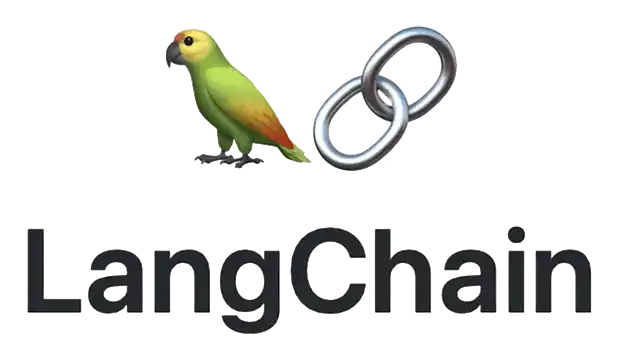
As we look ahead to the future of language processing technology, the role of LangChain and Large Language Models (LLMs) becomes increasingly significant.
This section will explore the potential of LangChain and LLMs in shaping the future landscape of language processing.
LangChain's Evolving Impact
LangChain's evolution is poised to revolutionize how we interact with and analyze language.
With its focus on simplifying LLM development and offering functionalities like prompt engineering and data integration, LangChain is expected to drive innovation across various sectors.
Here are some potential applications of LangChain's evolving capabilities:
- Healthcare: LangChain can empower healthcare professionals by assisting with tasks like medical report generation, summarizing research papers, and facilitating patient communication.
This could lead to improved operational efficiency and better patient care.
- Customer Service: LangChain can enable businesses to build more effective chatbots and virtual assistants, leading to faster and more personalized customer support experiences.
This could improve customer satisfaction and loyalty.
- Content Creation: LangChain can be a valuable tool for content creators by helping them generate different creative text formats like product descriptions, marketing copy, or even scripts.
This can streamline content creation workflows and improve content quality.
The Promise of Large Language Models
Large Language Models (LLMs) represent a cutting-edge approach to language processing, with models like GPT-3 demonstrating remarkable capabilities in generating human-like text.
The future of LLMs holds promise in transforming how we interact with language and data. Here's a glimpse of their potential impact:
- Healthcare: LLMs can analyze vast amounts of medical data to identify patterns and trends, potentially leading to earlier diagnoses and more effective treatment plans.
Additionally, LLMs can be used to develop personalized medicine approaches by considering a patient's unique medical history and genetic makeup.
- Customer Service: LLMs can personalize customer interactions by understanding the sentiment behind inquiries and responding in a way that is both informative and empathetic.
This can lead to improved customer satisfaction and reduced churn.
- Content Creation: LLMs can assist content creators by generating different creative text formats, summarizing information, or translating languages.
This can streamline content creation workflows and allow creators to focus on more strategic aspects.
The Power of Collaboration: LangChain and LLMs
The synergy between LangChain and LLMs holds immense collaborative potential in advancing language processing capabilities.
By combining LangChain's functionalities for data integration, prompt engineering, and modular development with the powerful generation capabilities of LLMs, organizations can unlock new possibilities in understanding and generating human language.
This collaboration could lead to the development of groundbreaking solutions with applications in various fields:
- Education: Personalized learning experiences tailored to individual student needs.
- Media and Entertainment: Generating realistic and engaging dialogue for chatbots or virtual characters.
- Scientific Research: Analyzing large datasets of scientific literature to accelerate discovery and innovation.
Conclusion
With its versatile features, seamless integration, and active community support, LangChain has garnered significant attention and adoption from developers worldwide.
As the demand for intelligent and language-driven applications continues to soar, LangChain's role in enabling developers to leverage the power of LLMs will become increasingly crucial.
With its robust architecture and commitment to innovation, LangChain is poised to shape the future of natural language processing and drive the development of groundbreaking AI solutions across industries.
By simplifying LLM development and providing functionalities like prompt engineering and data integration, LangChain opens doors for various applications across healthcare, customer service, and content creation.
As LangChain and LLMs continue to evolve, their combined capabilities hold immense promise for transforming how we interact with language and information, shaping a future filled with innovation and groundbreaking advancements.
Frequently Asked Questions (FAQs)
What are the benefits of using Langchain for LLM applications?
Langchain offers an intuitive platform that simplifies LLM integration, enabling developers to create data-aware and agentic applications.
Its features streamline development, enhance user experiences, and provide a robust infrastructure for building innovative language learning solutions.
What kind of LLM applications can be built with Langchain?
Developers can create a diverse range of LLM applications using Langchain, including chatbots, virtual assistants, language translation tools, and sentiment analysis applications.
The platform's flexibility and compatibility with various language models empower developers to explore and implement creative solutions.
Does Langchain require expertise in LLMs to use?
No, Langchain caters to developers of different skill levels, offering intuitive features and documentation to simplify LLM application development.
Whether you're a novice or an expert in language models, Langchain provides tools and resources to support your development journey.
How does Langchain handle the limited context memory of LLMs?
Langchain addresses the limited context memory of LLMs by incorporating a "memories" feature.
This functionality allows applications to store conversation history, enabling LLMs to maintain contextual awareness and provide more accurate and relevant responses over time.
Can Langchain be used with different LLM providers?
Yes, Langchain is compatible with various LLM providers, including GPT-3 and Hugging Face Hub. Developers have the flexibility to choose the most suitable language model for their applications, ensuring optimal performance and customization options.
What are "Agents" in Langchain, and how do they work?
Agents in Langchain are like mini-programs that chain LLM calls and other tools together based on user input. These dynamic workflows enable seamless interactions between different components, enhancing the functionality and versatility of LLM applications.
What are the two main types of Agents available in Langchain?
Langchain offers two main types of Agents: Action agents and Integration agents. Action agents determine the next steps in a workflow based on each action stage, while Integration agents facilitate connections to external data sources, enriching the application's capabilities.


